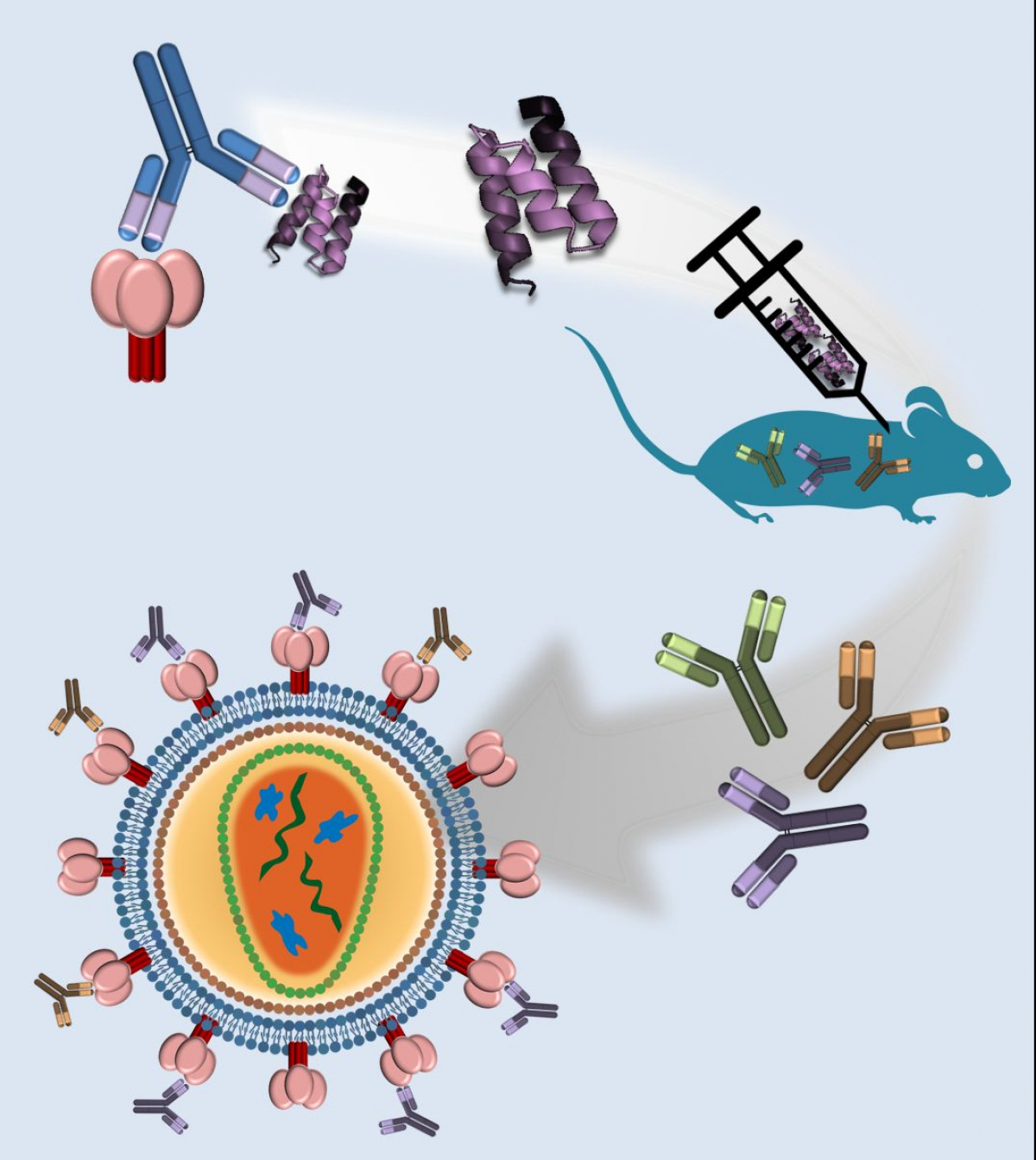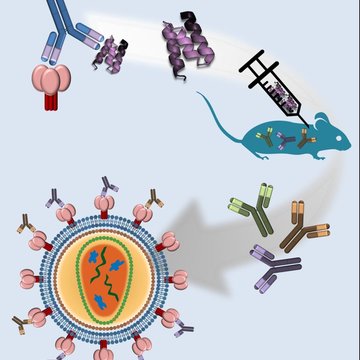About us
The project systematically studies small protein ligands and actively develops methods of their engineering by means of molecular and structural biology and also builds know-how for construction of proteins with binding properties. Protein ligands binding to cytokines and their receptors, interferon γ, proteins of interleukins 23, 12, 17, and of their receptors are designed and prepared.
Objectives:
- Design and preparation of small protein ligands binding target proteins of biotechnological, diagnostic, and/or medical importance with high affinity and specificity
- Commercial preparation of custom-made proteins
Artificial binding proteins derived from small protein scaffolds represent a valuable alternative to commonly used antibodies. Novel binders with engineered affinity, high specificity or designed inhibitory function attract attention as key components for the development of novel biosensing devices, in vivo diagnostics and next-generation therapeutics. Small, robust, and soluble proteins with high thermal and hydrodynamic stability and without disulphide bonds are amenable to rational improvement and can be easily modified by gene-fusion approaches.

In our laboratory, which operates since 2008, we focus on engineering novel binders raised against human cytokines, their receptors or tumour markers. Recently we have established a model of three-helix bundle of albumin-binding domain (ABD) of streptococcal protein G as a master scaffold for the generation of high-complex combinatorial libraries. Using randomization of 11 pre-determined amino acid residues we engineered a library of a theoretical complexity of 1014 protein variants which was successfully used, in combination with ribosome display selection, for the generation of unique binders of human interferon gamma (hIFNg) with KD in the nanomolar range (Ahmad et al 2012). High-affinity binders of hIFNg were then used as key components for the construction of a novel SPR biosensor with the improved sensitivity for detection of hIFNg in diluted blood plasma (Šípová et al. 2012).





